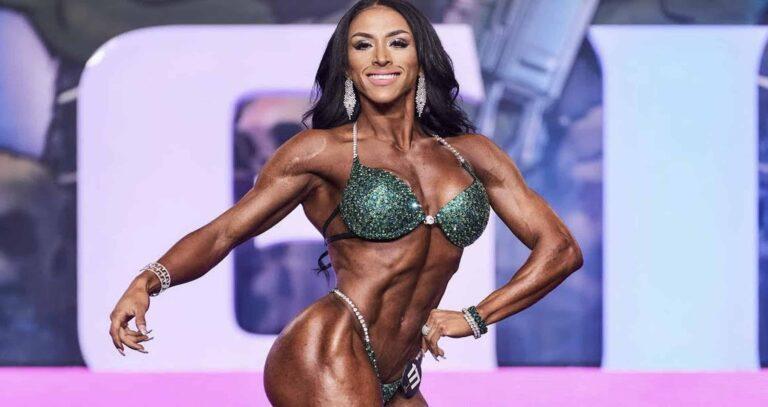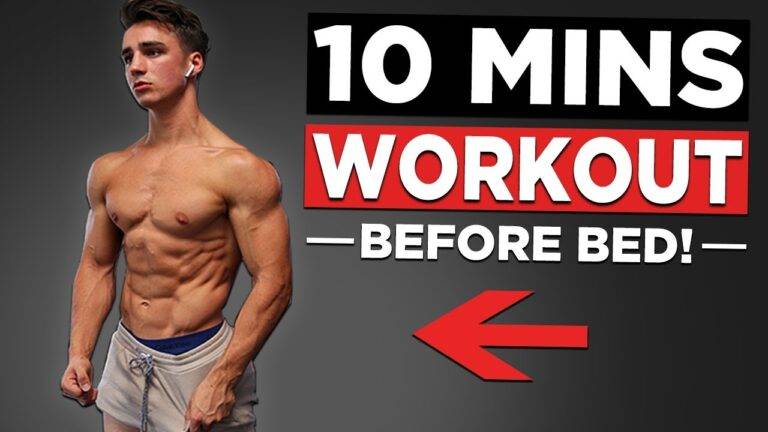The good news is that you don’t have to be “fit” to practice yoga. However, beginner yogis should proceed with caution when performing poses that require a high degree of strength, mobility and focus. You’ll encounter many different poses when beginning a yoga practice. Not all of them will be a great fit for your body.
Sanchez suggests building full-body strength and mobility using different poses and body-weight exercises before attempting wheel pose. For example, try bridge pose, which teaches you to extend your hips and spine but is much easier to perform and reduces the demand on your upper body.
And if you’re struggling to support your body during the crow pose, use a yoga block as a prop. The block can be positioned under your feet, head or chest. Another crow modification is to keep one foot on the floor or a block while you lift up the other leg.
Shoulderstand can also be challenging for beginners if they aren’t used to extreme neck flexion or placing their body weight directly onto shoulders. For those who still want to try, manipulating the body position can take a lot of the stress off the joints and help build more comfort and control in this posture.
One modification for shoulderstand is to place one or two yoga blocks underneath your hips and lower back. In this variation, your legs will still point upward, but your torso will only be slightly elevated off the ground. This reduces the pressure on your neck and shoulders and doesn’t require as much core strength.
You can also make the shoulderstand pose a little easier on your neck and shoulders by placing folded blankets or a firm pillow underneath your shoulders. With your head slightly lower than your shoulders, you have a little more space for your neck.
Handstands require a great deal of body control as well as strong arms, shoulders and core. Proper form becomes especially important, as you can injure yourself if you fall out of a handstand posture.
As you get stronger, walk your feet closer to your elbows until your hips are directly above your shoulders. Next, alternate picking one leg up off the floor at a time. Throughout each progression, push your forearms into the ground and keep your back long to prevent placing too much weight onto your head and neck. (For a step-by-step breakdown of this progression, check out our headstand guide.)
With enough time and practice, some practitioners will be able to lift both legs to their chest and eventually overhead into a full headstand. However, this advanced variation may not be appropriate or even necessary for all people. Always seek the guidance of your teacher if you’re unsure of what to do.
This content was originally published here.




















